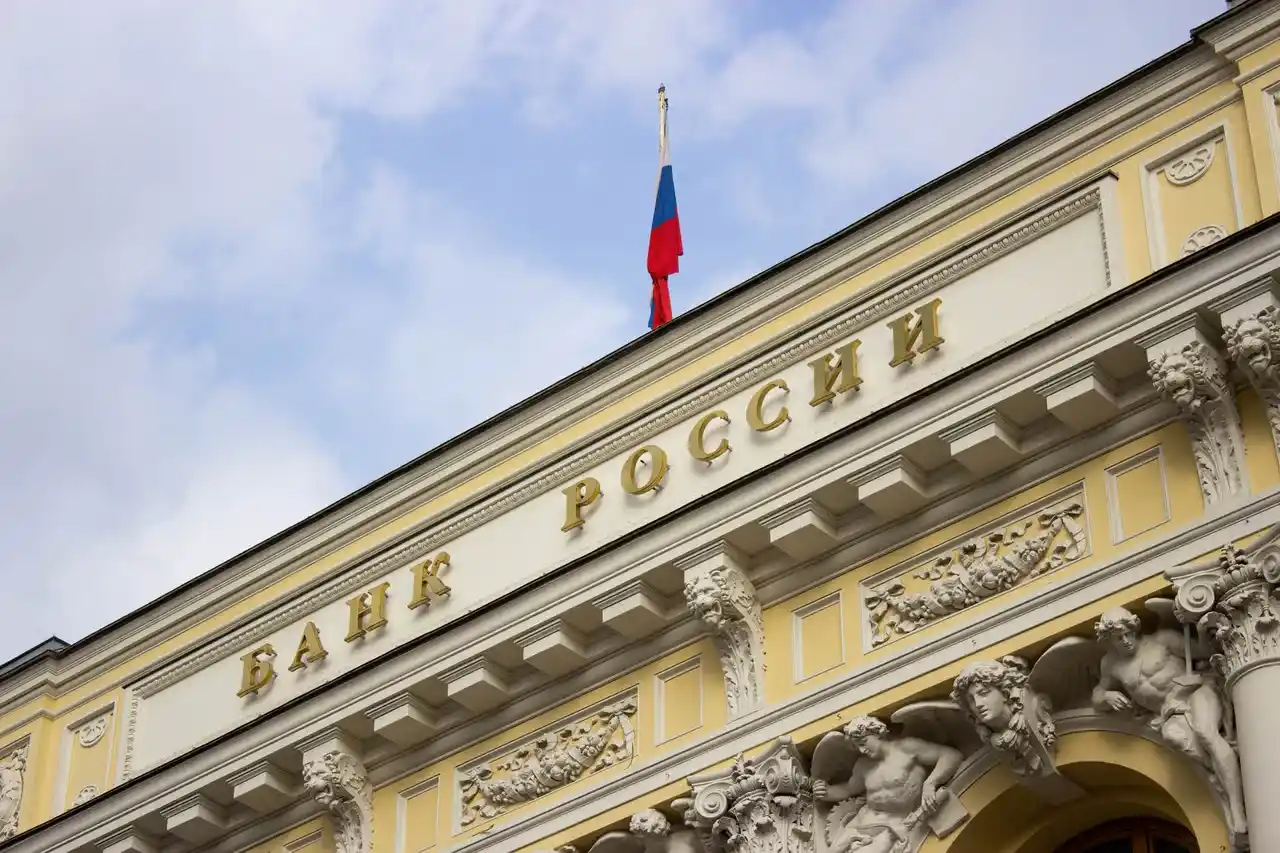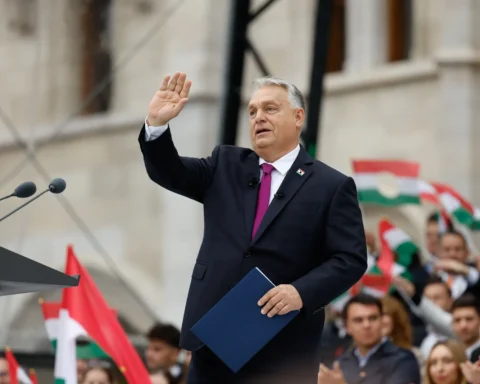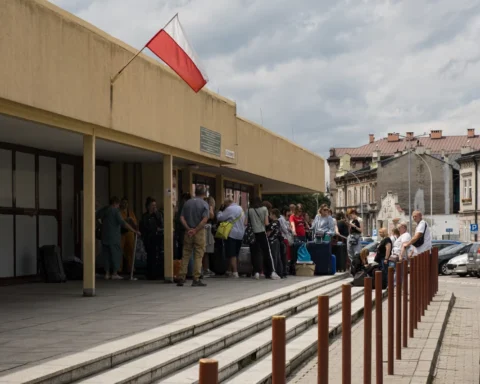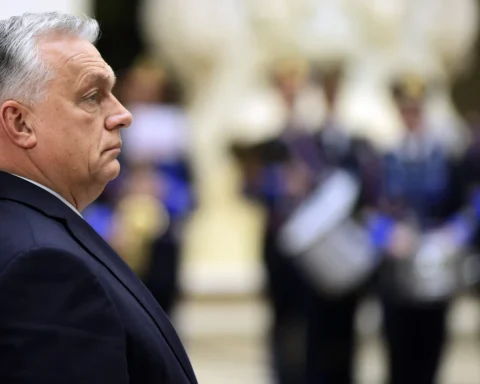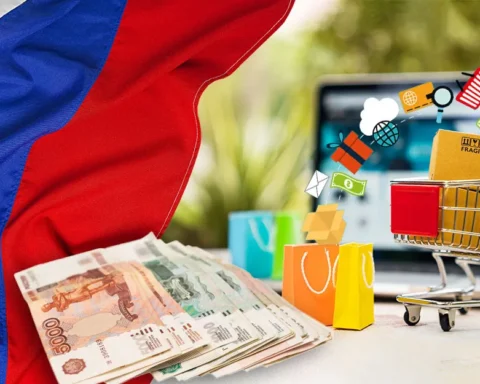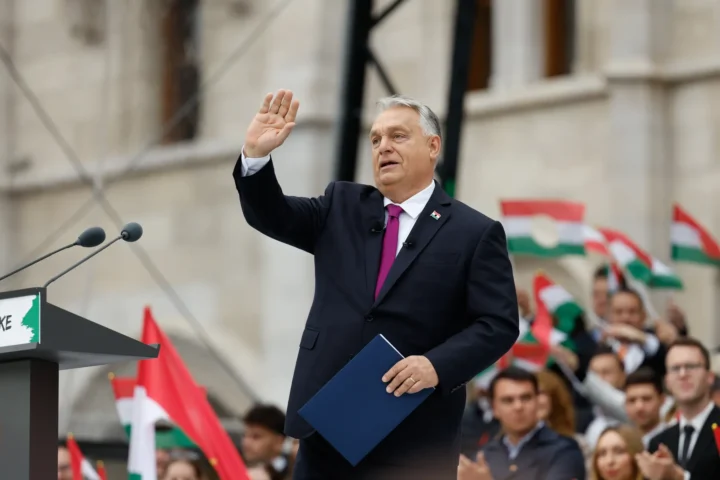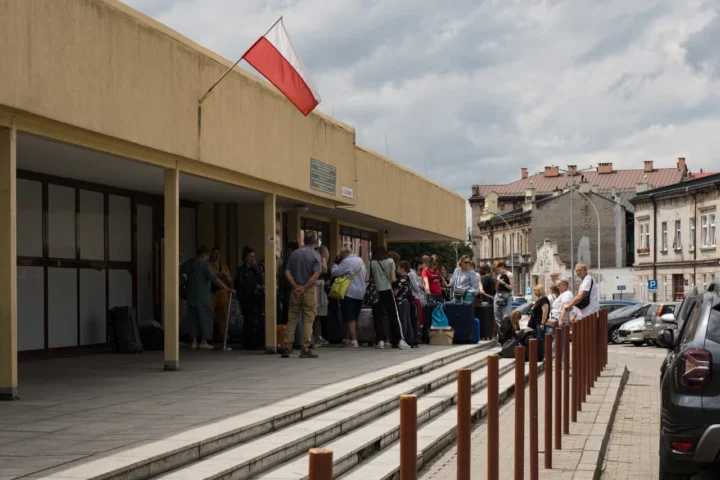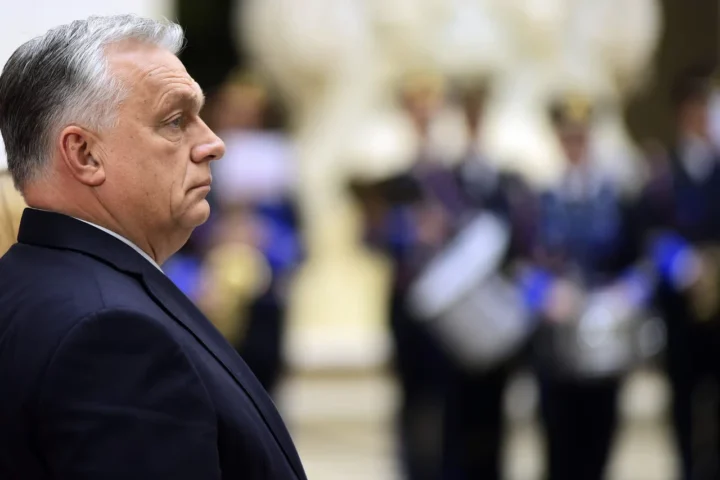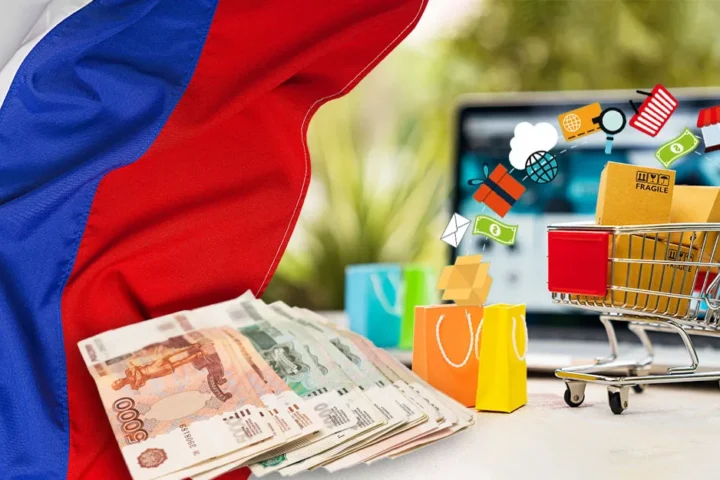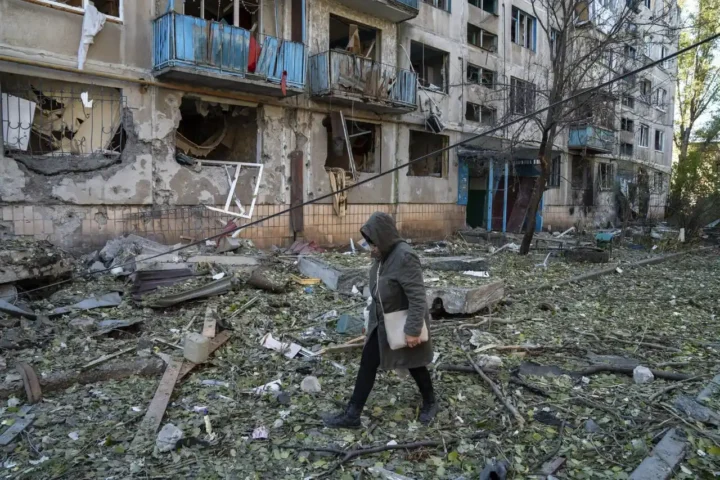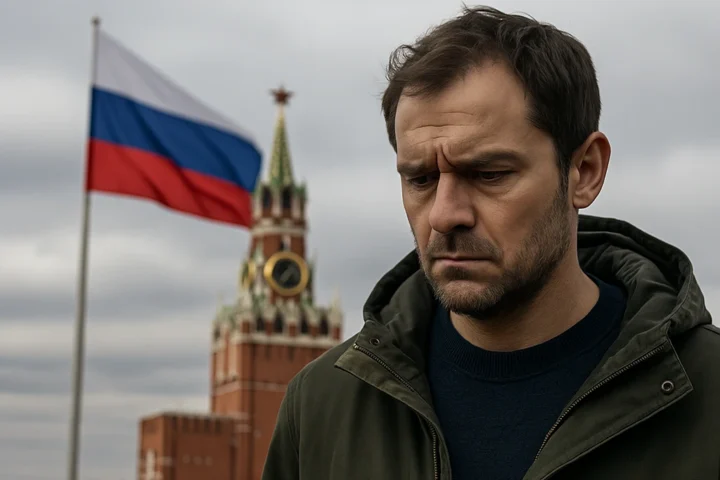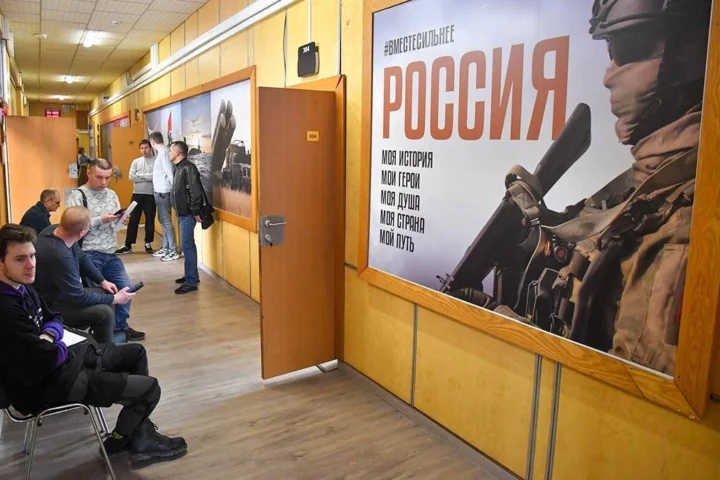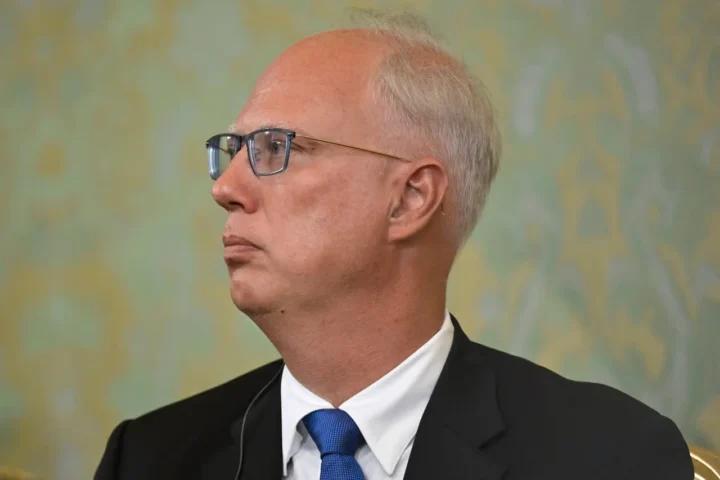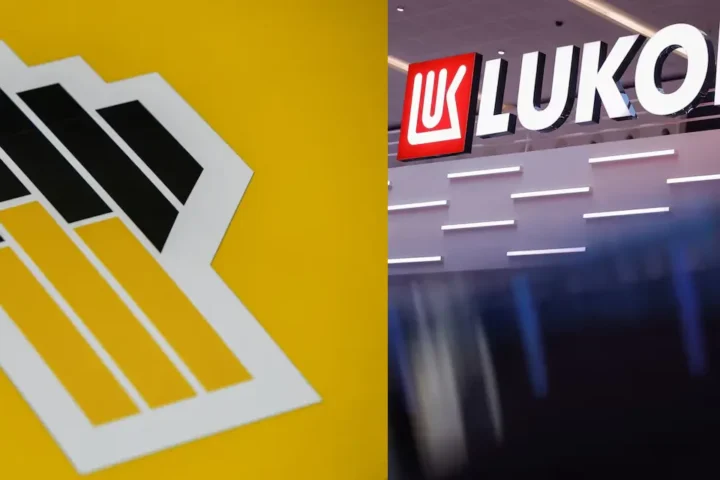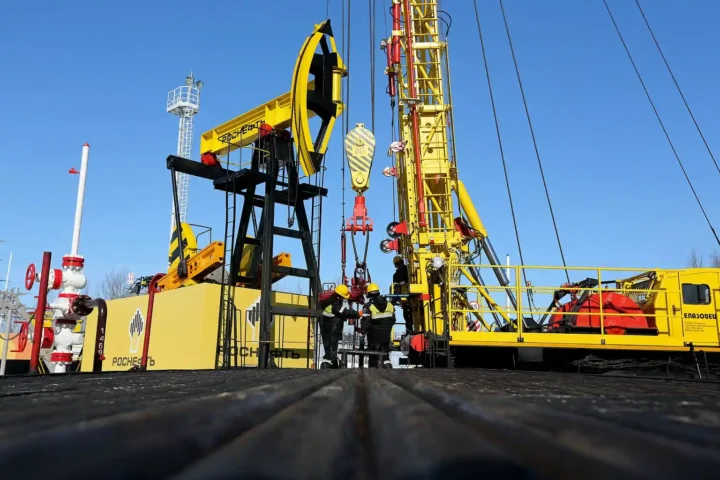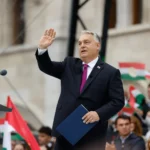According to Politico, the Central Bank of Russia has taken an unexpected step by cutting its key interest rate while simultaneously revising down its economic growth forecast for 2025. The move comes amid rising inflation, tightening Western sanctions, and shrinking revenues from the energy sector — still one of the country’s main economic pillars.
Sanctions Pressure and Declining Oil and Gas Revenues
Politico reports that the decision followed new U.S. sanctions targeting two of Russia’s largest oil companies — Rosneft and Lukoil. The measures hit a crucial source of hard currency for Moscow: oil and gas account for roughly one-fifth of Russia’s GDP.
Under these pressures, the Central Bank downgraded its forecast, now expecting GDP growth of only 0.5–1% in 2025, compared to the previous 1–2% range. At the same time, the key interest rate was lowered by 0.5 percentage points to 16.5%, even though inflation is projected to accelerate to 4–5% next year.
An Unusual Policy Decision
Economists note that this is a highly unusual move: typically, central banks cut interest rates when inflation is cooling, not when it’s rising. The Russian regulator, led by Elvira Nabiullina, appears to be caught in a difficult balancing act — trying to stabilize the financial system while maintaining industrial output, especially in the defense sector.
As Politico explains, Russia’s economy is simultaneously grappling with tightening sanctions and the need to sustain a high level of military production. Lower borrowing costs are intended to help industrial enterprises — many of them involved in defense manufacturing — continue operating at full capacity, even at the expense of higher inflation.
Drone Strikes and Stagnant Growth
Adding to the pressure are Ukrainian drone attacks on Russian oil refineries, which have disrupted production and reduced export capacity. The resulting fuel shortages are pushing prices higher and straining domestic supply chains.
On Thursday, Herman Gref, head of Russia’s largest lender Sberbank, acknowledged that focusing too narrowly on inflation had been a mistake: “We spent too much time fighting inflation at the expense of economic growth,” Politico quotes him as saying.
Long-Term Risks and Geopolitical Uncertainty
In its official statement, the Central Bank warned that inflationary pressures are likely to rise in the medium term due to tax increases, trade disruptions, and volatile oil prices.
“Geopolitical tensions remain a significant factor of uncertainty,” the statement read.
Analysts note that if current trends persist, Russia will enter 2025 facing slower growth, a weakening ruble, and an economy increasingly dependent on defense spending. According to Politico, the rate cut looks less like a strategic shift and more like a bid to buy time — an attempt to keep the system afloat amid tightening financial and geopolitical constraints.
This article was prepared based on materials published by Politico. The author does not claim authorship of the original text but presents their interpretation of the content for informational purposes.
The original article can be found at the following link: Politico.
All rights to the original text belong to Politico.


